|
|
|
|
What will the year ahead look like when it comes to artificial intelligence? My colleague Eric Smalley assembled a panel of three AI experts to walk readers through what to look for in 2024. Casey Fiesler from CU Boulder says that if last year was all about AI hype, this year could be about learning more − and teaching students more − about how it all works, helping people use AI more responsibly and effectively. University of Michigan’s Kentaro Toyama yearns for stronger regulation of AI to help rein in the technologists who are “like arsonists calling in the blaze they stoked themselves, begging the authorities to restrain them.” And Anjana Susarla from Michigan State predicts we’ll see ever more uses − both helpful
and malicious − for the large language models that are the foundation for generative AI apps like ChatGPT. Buckle up.
If thinking about AI leaves you in need of a lush, green, natural moment, visit the coast redwood trees of the Pacific Northwest, as described by Caltech environmental historian Daniel Lewis. “Life is folded in and among the redwoods, below and within and about them,” he writes. Consider the salamanders and aquatic crustaceans that live their whole lives in the redwood canopy, the giant condors that nest in these branches, the other species of trees that take
root on the redwoods themselves. Climate change threatens this unique ecosystem, but redwoods have tactics to respond to environmental change.
And as the festive season draws to a close, maybe you’re thinking about cutting down on your drinking. Nonalcoholic beer could be part of your strategy. I always wondered just how brewers did away with the alcohol in beer. Clark Danderson, director of brewing science and operations at Auburn University, explains how beer can be made with less alcohol and the techniques that can remove what alcohol there is. “Many recent technological advances in production help nonalcoholic beer maintain fermentation characteristics derived from the malts, hops and yeast,” he writes, “thus providing a more balanced and pleasant product that tastes like ‘real’ beer.” Cheers!
Also in recent science news:
If there’s a subject you’d like our team of science editors to investigate, please reply to this email.
|

|
Maggie Villiger
Senior Science + Technology Editor
|
|
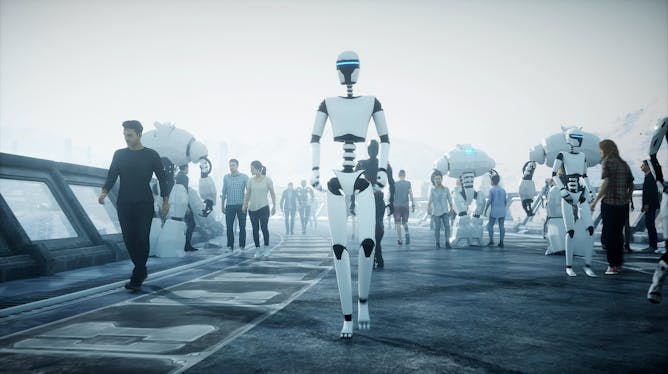
AI has arrived. How will it change society in the year ahead?
Pavel_Chag/iStock via Getty Images
Anjana Susarla, Michigan State University; Casey Fiesler, University of Colorado Boulder; Kentaro Toyama, University of Michigan
Artificial intelligence is everywhere, and the tech industry is racing along to develop ever more powerful AIs. Three scholars look ahead to the next chapter in this technological revolution.
|
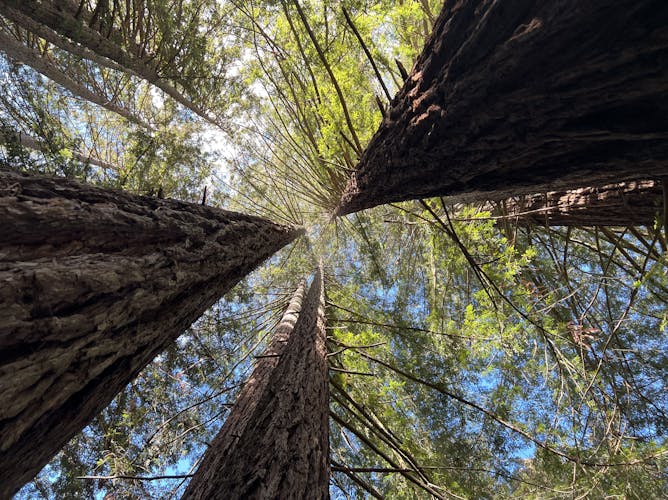
Looking up toward redwoods’ crowns in Redwood Regional Park, Oakland, Calif.
Gado/Getty Images
Daniel Lewis, California Institute of Technology
Redwoods grow in networks that house unique communities of plants and animals high in the air. They offer life lessons about adapting over time.
|
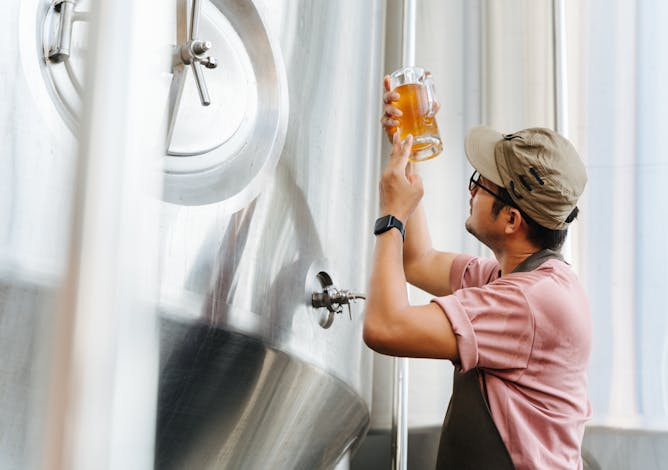
Brewers today are delivering nonalcoholic beers that are a far cry from the sweet, watery options of the past.
Pramote Polyamate/Moment via Getty Images
Clark Danderson, Auburn University
Nonalcoholic beer may sound like an oxymoron, but newer techniques are producing tasty, high-quality options in this growing beverage category.
|
|
|
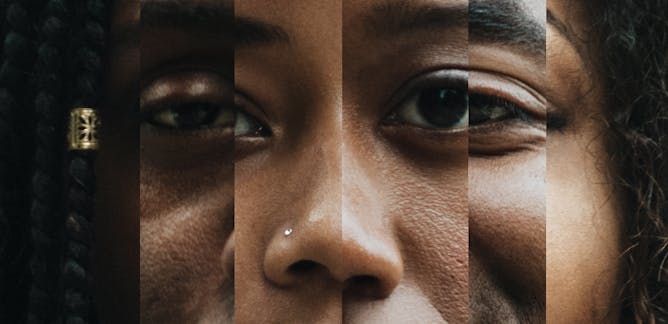
Negar Fani, Emory University; Nathaniel Harnett, Harvard Medical School
Racial threats and slights take a toll on health, but the continual invalidation and questioning of whether those so-called microaggressions exist has an even more insidious effect, research shows.
| |
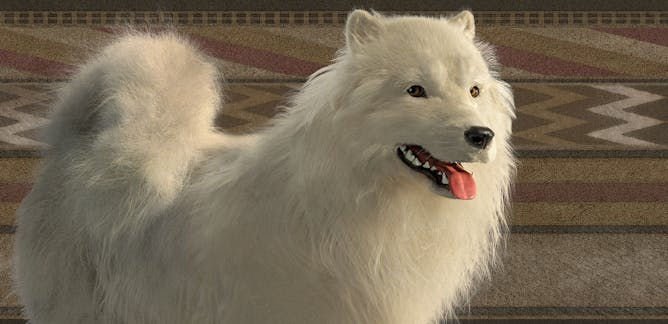
Audrey T. Lin, Smithsonian Institution; Chris Stantis, University of Utah; Logan Kistler, Smithsonian Institution
Dogs have lived with Indigenous Americans since before they came to the continent together 10,000 years ago. A new analysis reveals the lineage of one 1800s ‘woolly dog’ from the Pacific Northwest.
|

Lu Liu, Iowa State University
Water shortages are one of the greatest problems created by a warming world. A decentralized water system is a compelling counterargument to the notion that bigger is better.
| |
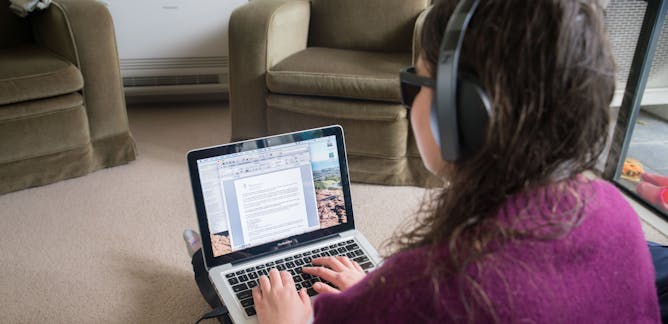
Michele McDonnall, Mississippi State University
Assistive technology like screen readers for the blind help people with disabilities use computers and smartphones, but they can be tripped up if webpages or documents are improperly formatted.
|
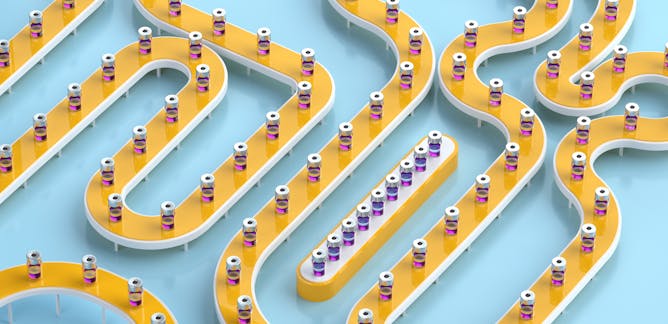
C. Michael White, University of Connecticut
Drug development takes a great deal of time, money and effort. While future profits play a big factor in which diseases gets prioritized, advocacy and research incentives can also tilt the scale.
| |

Danielle Lin Hunter, North Carolina State University; Caren Cooper, North Carolina State University; Valerie Ann Johnson, Shaw University
For a project on identifying lead water pipes in homes, outreach through partner groups produced a more representative set of volunteers.
|
|
|
|
|
-
Ione Fine, University of Washington; Woon Ju Park, University of Washington
Detecting and tracking motion is key to survival. The ability to extract auditory information from a noisy environment changes when your brain isn’t wired to rely on vision.
-
Jon-Patrick Allem, Rutgers University
The study suggests that online sales to kids went unchanged in the months after the law went into effect.
-
Kai Zhuang Shum, University of Tennessee
Positive psychology focuses on science-based ideas about how to increase your happiness and live a satisfying life. Studies are following how school-based interventions affect students.
-
Carlos D. Garcia, Clemson University; George Chumanov, Clemson University
Probiotics are great for your gut, but which sources contain the most beneficial bacteria? Newly developed sensors are helping scientists figure it out.
|
|
|
| | |
| | |
| |
| |
| |
|
|
|